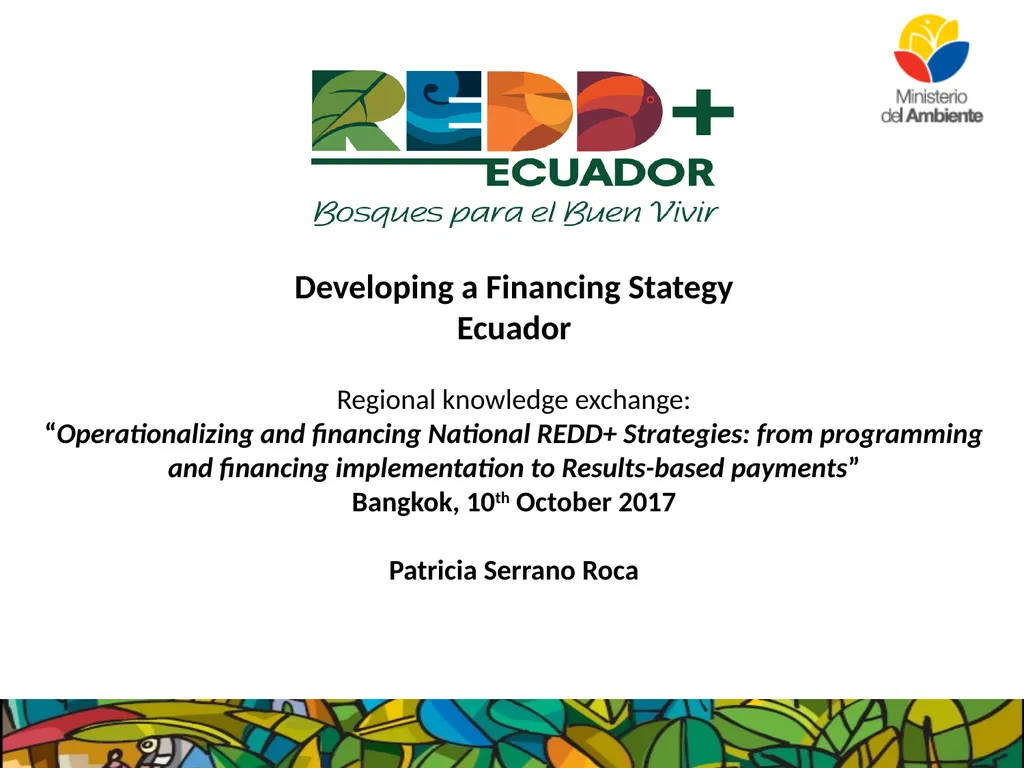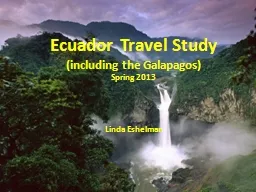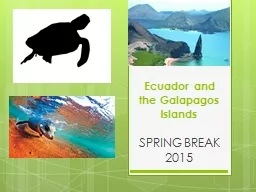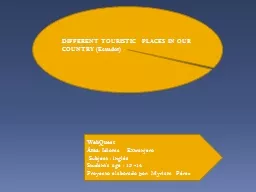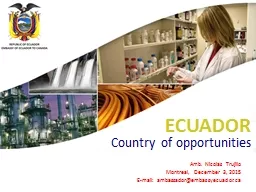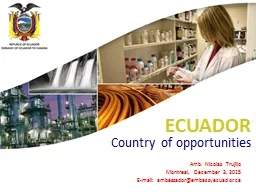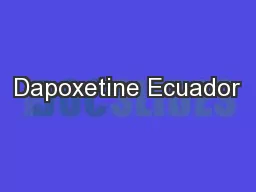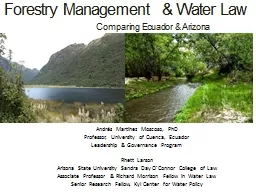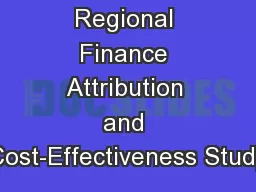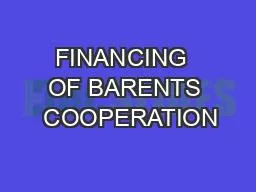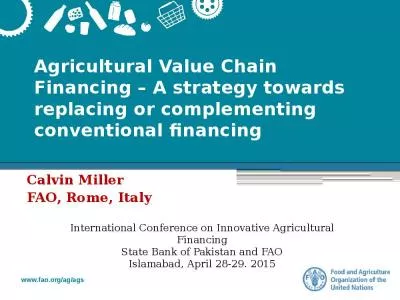Developing a Financing Stategy Ecuador Regional
Author : alida-meadow | Published Date : 2025-07-16
Description: Developing a Financing Stategy Ecuador Regional knowledge exchange Operationalizing and financing National REDD Strategies from programming and financing implementation to Resultsbased payments Bangkok 10th October 2017 Patricia
Presentation Embed Code
Download Presentation
Download
Presentation The PPT/PDF document
"Developing a Financing Stategy Ecuador Regional" is the property of its rightful owner.
Permission is granted to download and print the materials on this website for personal, non-commercial use only,
and to display it on your personal computer provided you do not modify the materials and that you retain all
copyright notices contained in the materials. By downloading content from our website, you accept the terms of
this agreement.
Transcript:Developing a Financing Stategy Ecuador Regional:
Developing a Financing Stategy Ecuador Regional knowledge exchange: “Operationalizing and financing National REDD+ Strategies: from programming and financing implementation to Results-based payments” Bangkok, 10th October 2017 Patricia Serrano Roca REDD + Financing Strategy The Ecuadorian REDD + Financing Strategy is part of the process for the implementation of the REDD+ Action Plan. The Strategy should, based on the quantification of revenues and expenditures, estimate the financing gap that will be generated for the implementation of the REDD + Action Plan in the country. REDD+ Financial Strategy Expenditures Revenues Financial Gap for REDD+ AP implement-ation OBJECTIVE: To provide a financial planning framework in order to obtain the necessary financing for REDD+ implementation Investment Planning Process Financial Feasibility Financial Feasibility 1) PAMs Cost Estimation Current Expenditures: recruitment expenses, basic services, consultancies, travel expenses, etc. Investment Expenditures: based on the REDD+ implementation costs study, the main costs of the implementation of REDD + PAMs were established for the prioritized areas. Set of policies and measures to be implemented in prioritized areas Over a period of 30 years at a present value The total amount required for REDD+ implementation is $283.2 million Average expenditure of $1,168 per hectare or $3 per e-tCO2 The average investment cost for the analysis period represents 95.5% of the total estimated expenditure. Financial Feasibility 2) Identification of possible incomes A potential emission reduction revenues estimate was calculated, quantified by zones and their carbon content. Two scenarios were considered: Conservative scenario with a price of USD 6 Optimistic scenario with a price of USD 10 In average income for the 30-year period will come: 24% from the "Southern Amazon” 20% of the "Central Amazon” 18% of the "Northern Amazon" and "Esmeraldas Sur and Manabí Norte" each 12% of the "Esmeraldas Sur and Manabí Norte"; 8% of the "Dry forests and valleys of the south". Financial Feasibility 3) Definition of financial gap and possible income sources Prioritization of PAMs that will be implemented to attend DD and to achieve the goals of the REDD+ AP (current and investment expenditures) Quantify the possible incomes associated with the RBPs that the country could receive Based on the estimated incomes and expenditures for the next 30 years , the financing gap for the implementation of the REDD+ AP was estimated. 4) Levels of financing needs for REDD+ implementation Sources of Financing The financing needs of the REDD+ AP require different funding sources, mechanisms and
